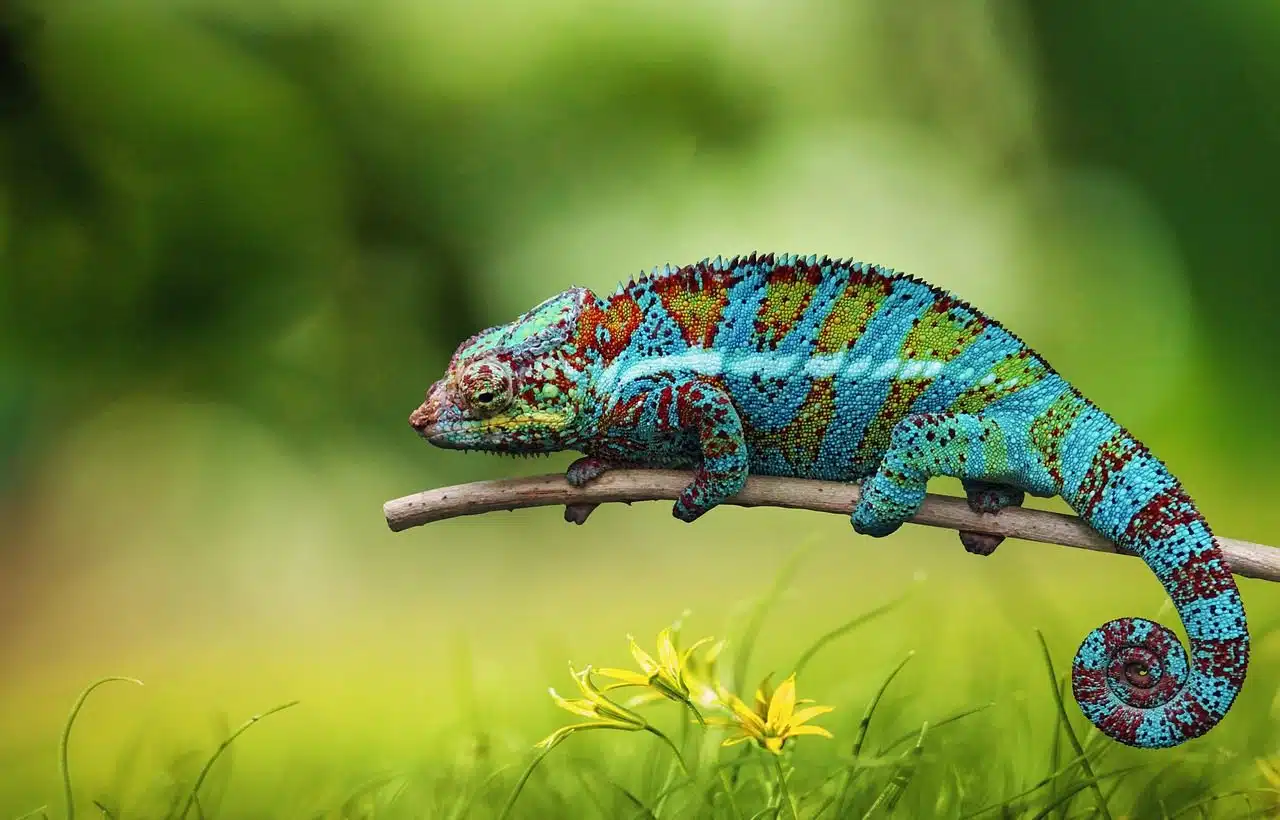
Lizards are terrestrial reptiles.
A lizard is a terrestrial reptile that belongs to the order Saurians . It has an oval head, a large mouth full of sharp teeth, a prolonging body, four short, thin legs and skin covered with scale-like lamellae.
Lizards - a term from the Latin lacartus - usually measure between five and eight centimeters long, are very agile and, in most cases, feed on insects. As they are harmless to humans , they are a very valuable animal for agriculture as they help fight pests.
For example: “My son went to the zoo and came back fascinated with lizards,” “My neighbor has a huge pet lizard,” “I love animals, but I must admit that lizards repulse me.”
Lizard species
The notion of lizard can be understood as the clade of reptiles that includes species such as iguanas , chameleons , lizards and geckos . Lizards, snakes, and blind shingles make up the order Squamata .
The chameleon is one of the most surprising lizards since it has the ability to change color according to circumstances. In this way it manages to blend in with the environment and can go unnoticed in the presence of a predator. Another notable characteristic of the chameleon is that it can move its eyes independently of each other.
The Komodo dragon , for its part, is the largest lizard in the world: it can measure up to three meters and weigh about 70 kilograms. This size allows them to feed on small mammals and birds.

A chameleon is a lizard that can change its color.
The tail
The lizard's tail is usually quite long, as is its body but unlike its legs. One of the most fascinating characteristics of this group of animals is their ability to "leave" their tail behind, a very effective resource to defend themselves from other species in times of danger.
The uses of the lizard's tail are many, as it allows it to maintain balance while running, escape from predators, climb, hang and swim. During times when food is scarce, on the other hand, some of these animals are known to eat their own tail to cope with death, as it gives them the energy they need to stay standing.
The lizard's tail is generally more striking and shiny than the other parts of its body, which is why its natural predators focus on it so as not to lose track of them; When faced with a threat, shedding its tail can help speed up its pace and confuse its hungry hunters long enough to escape.
Each species of lizard has particular restrictions regarding this defense mechanism: some can only shed their tail during youth and others throughout their lives; Certain species have the ability to leave their tail entire, unlike those that can only lose part of it. It is believed that the larger and slower the lizard is, the longer the length of its tail it can lose.
Loss of tail in lizards
There are two known tail loss mechanisms used by the lizard:
- Intravertebral autonomy : given the presence of certain weak areas in its vertebrae that reach the connective tissue that surrounds the tail and its muscles, if a predator catches the lizard's tail, it contracts the muscle that surrounds it with enough force to break the vertebra and be able to escape.
- Intervertebral autonomy : the lizard breaks its tail within the vertebrae, which reduces the chances of it regenerating.
